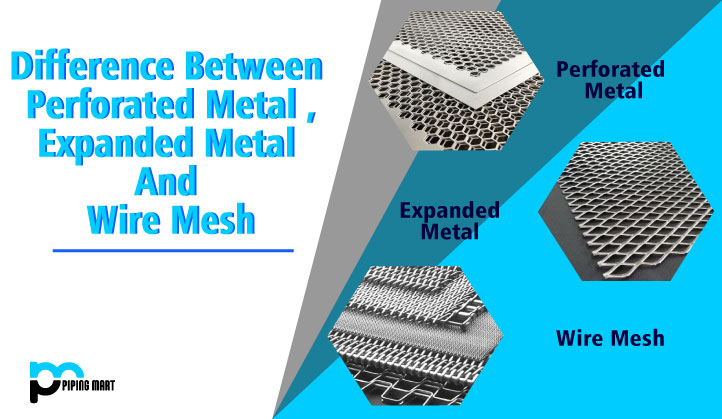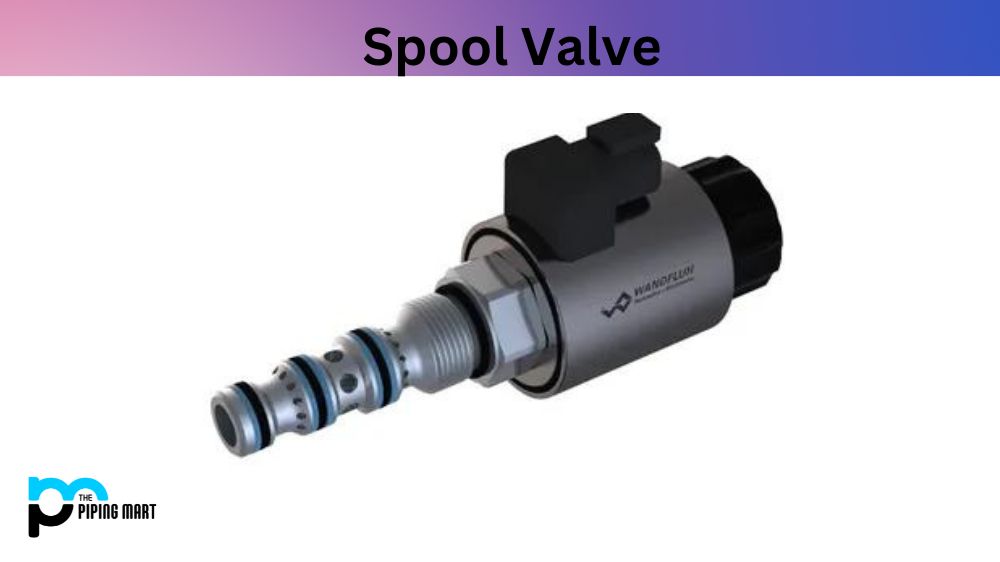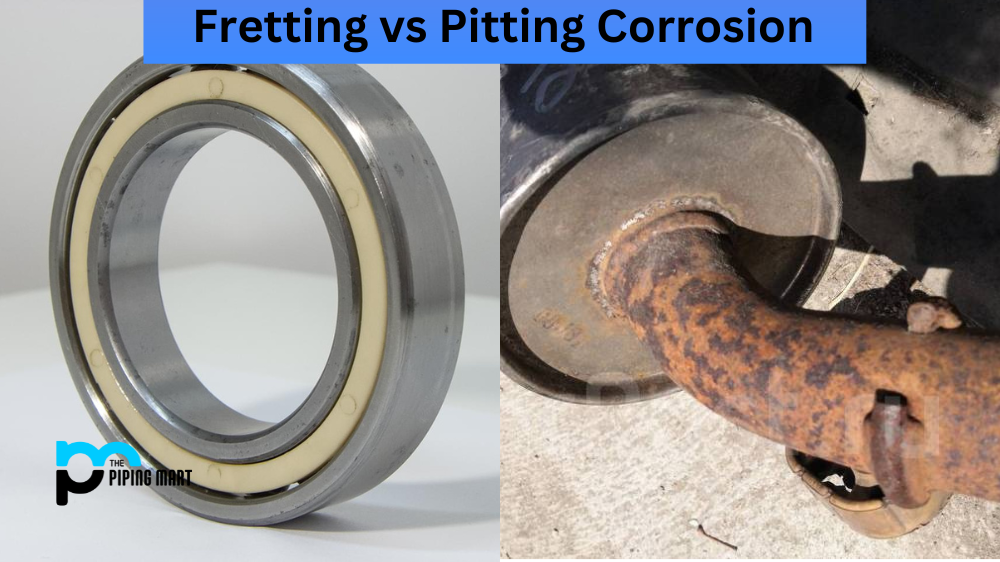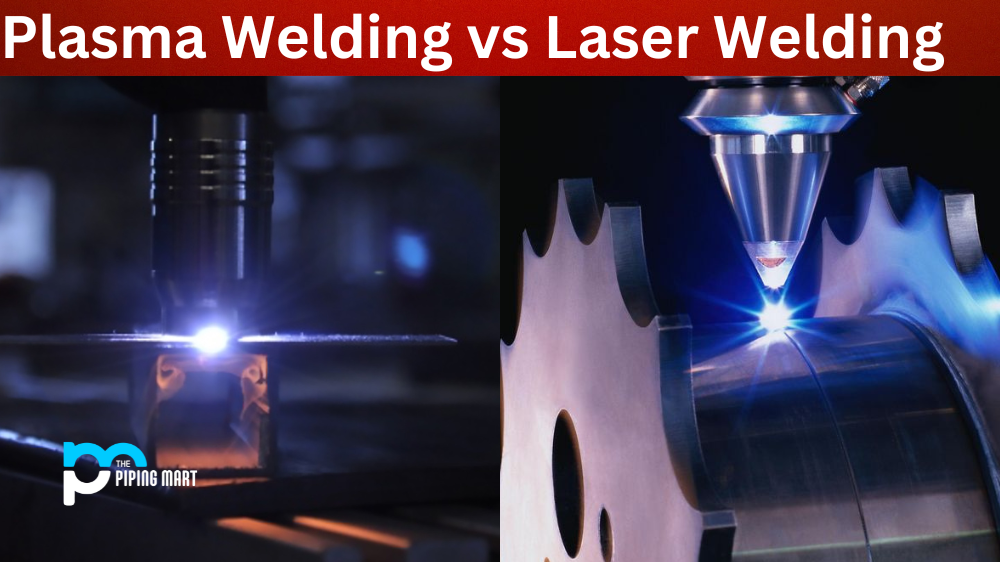Expanded Metal, Perforated Metal, and Wire Mesh are the products that allow ventilation drainage and is also used in decorative items.
There are three main differences between expanded metal, perforated metal, and wire mesh:
- The ways they’re manufactured
- Their characteristics
- Their end-uses
The manufacturing process of Expanded Metal, Perforated Metal, and Wire Mesh
Perforated metal sheet
The perforated metal sheet is a commodity made from sheet steel that has been punched out of circular holes by a drill or other designs. To maximize the number of openings, these holes may be arranged in straight rows or spaced. A boundary along the circumference of the board, where no holes are punched, provides stability to the sheet. The metal that has been stripped from the holes may be recycled, although this raises the price of the component. The bigger the hole size or the number of holes, the higher the scrap value, and hence the larger the prices.
Expanded metal sheet
An expanded metal sheet is created by splitting the sheet several times and then extending it. Stretching produces a one-of-a-kind diamond pattern with one of the threads protruding at an angle. If required, the raised strands can be flattened later in the process. This method produces no waste thus lowering manufacturing costs and can strengthen the commodity structurally.
Wire mesh
- Welded
Welded wire mesh is a metal wire screen consisting of bronze, stainless steel, brass, and copper, among other alloys. It comes in a variety of sizes and forms. Using electric fusion, grids of parallel longitudinal wires are welded to cross wires at the proper spacing. The mesh-making machines have extremely accurate dimensional regulation. - Woven
Woven mesh wire mesh is made as a fabric of wire fibers woven at right angles and is also found in steel, stainless steel, brass, and copper. Warp wires are those that run lengthwise, and weft wires are those that run perpendicular. Simple woven and twill weave are the two most common weave types. Stainless steel, brass, and copper are among the alloys that can be used to create them. Wire fabric may be woven in a range of sizes and wire diameters to produce a variety of openings.
Features of Expanded Metal, Perforated Metal, and Wire
Perforated Metal
- The perforated metal sheet comes in an almost endless variety of sizes, gauges, hole shapes, and material grades.
- Hole diameters vary from a few thousandths of an inch to more than three inches, and they can be drilled in materials as thin as foil or as thick as a one-inch steel plate.
- Perforated metal provides innovative ways to blend power, flexibility, and style, from elegant decorative features to load-bearing structural parts.
Expanded Metal
- One of the advantages of expanded metal processing is that the material maintains its structural integrity because it has not been subjected to the tension of getting shapes punched in it as perforated sheet does, and the mesh-like pattern would not unravel as the woven mesh can do.
- Expanded metal is bent instead of hammered, resulting in reduced waste metal loss and lesser quality.
- The thickness and strand dimensions are the most critical parameters to remember when utilizing stretched wire to recall weight and mechanical design requirements.
- Expanded metal has mechanical properties and is an exceptional conductor, and it can be nearly translucent depending on the opening.
Wire mesh Welded and Woven
- Since bent machinery bends the mats mostly as a single unit, the risk of incorrect bar bending is minimized. Because of the changeable bar size and spacing, this reduces steel waste by supplying the appropriate amount of reinforcement where it is needed.
- Mesh is simple to navigate and can be mounted even quicker, which can result in significant cost savings.
- A welded mesh is usually less expensive than a woven mesh. Wire mesh can be used in nearly any situation. It’s incredibly long-lasting and simple to vacuum.
Applications of Perforated Metal, Expanded Metal, and Wire Mesh
- Screens, filters, baskets, garbage cans, pipes, light fixtures, vents, stereo speaker covers, and outdoor furniture are all examples of perforated metal objects.
- Staircase, factory flooring, building rigging, fences, wash stations, and expanded metal sheet defense applications.
- From sifting and scanning equipment to conveyor and vehicle belts, animal enclosures, and architectural structure, Wire Mesh is used and another application of Wire Mesh is in Agricultural, manufacturing, automotive, horticultural, and food procurement industries all use it. Mines, gardening, computer security, and other decorations all use it.

Pipingmart is B2B portal specializes in industrial, metal and piping products. Also, share latest information and news related to products, materials and different types grades to help business dealing in this industry.




